The Story of Cholesterol
Like everything else, fats have both good and bad sides. The widespread misconception that they are all harmful, which prevails, is certainly not true. And cholesterol is the most dangerous of all fats. Everyone knows that cholesterol can be responsible for atherosclerosis, heart attacks, and many diseases, but few are aware of the properties that make it essential for health.
At least two-thirds of the cholesterol in your body is produced in the liver or intestines. It is found in them, as well as in the brain, adrenal glands, and sheaths of nerve fibers. And when it is useful, it is very, very useful:
- Cholesterol in the skin turns into useless vitamin D when it comes into contact with the sun’s ultraviolet rays.
- Cholesterol helps the metabolism of carbohydrates (the more carbohydrates are consumed, the more cholesterol is produced).
- Cholesterol is the main supplier of essential adrenal steroid hormones for life, such as cortisone and sex hormones.
Research has shown that cholesterol behaves differently depending on the protein to which it is attached. Lipoproteins are factors in our blood that transport cholesterol. Low-density lipoproteins (LDL) carry about 65% of the cholesterol in the blood, very low-density lipoproteins (VLDL) about 15%, and it seems that they show some mutual relationship with heart patients.
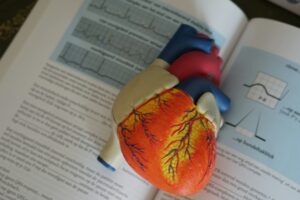
But high-density lipoproteins (HDL), which carry about 20%, seem to have the opposite effect. HDL is mainly made of lecithin, whose purifying action breaks down cholesterol and can easily transport it through the blood without clogging the arteries. In essence, the higher your HDL, the less likely you are to develop symptoms of heart disease.
It is interesting to note that women, who on average live eight years longer than men, have a higher level of HDL and, surprisingly, also those who consume alcoholic beverages in moderation.
Eggs not only have the most perfect protein components compared to any other food, but they also contain lecithin, which helps fat assimilation. And, most importantly, they raise the level of HDL!
How to raise and lower cholesterol?
Here’s what can raise cholesterol:
- Cigarettes
- Food additives such as BHT
- Pollutants such as PCBs
- Coffee
- Stress
- Contraceptive pills
- Refined sugar
- Saturated fat
Here’s what can lower cholesterol:
- Eggplant
- Onion (raw or cooked – but not fried)
- Garlic
- Yogurt (even when it is made from whole milk)
- Pectin (unpeeled apples, grated apple, white citrus membrane)
- Soy
- Carrot (raw)
- Fibers
- Different types of beans
- Polyunsaturated oils
- Vitamins C, E and niacin
- Lecithin lipotropics
- Chrome mineral supplements
For those who keep an eye on cholesterol, a meal of white turkey meat is a good choice, especially because the average person is not recommended more than 300 mg of cholesterol per day. It is known that 185 grams of white turkey meat contains only about 67 mg of cholesterol (although the same amount of some other meat has 75 mg). However, pay attention to turkey liver, because one cup of this chopped liver has about 839 mg of cholesterol. And remember that vegetables when used without butter have no cholesterol.
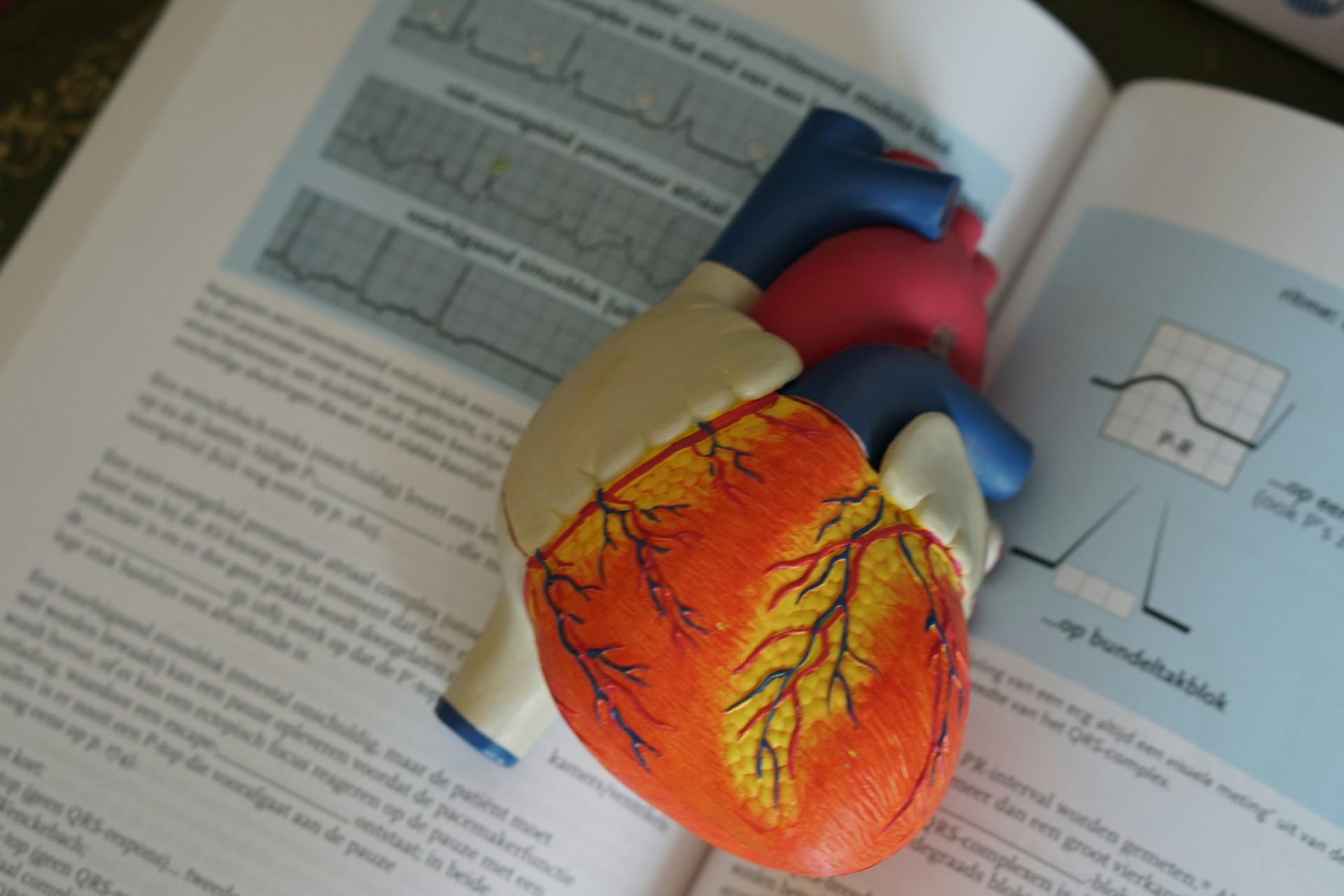



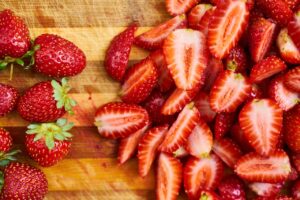
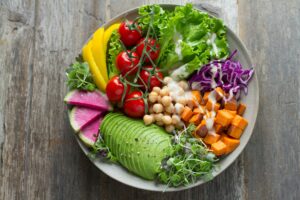

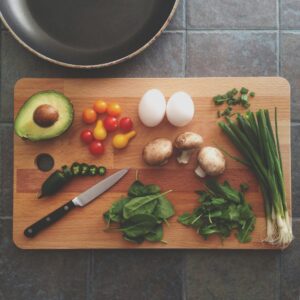
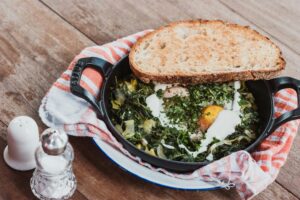

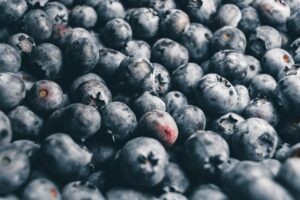


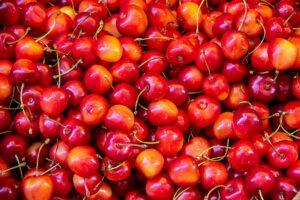
Post Comment